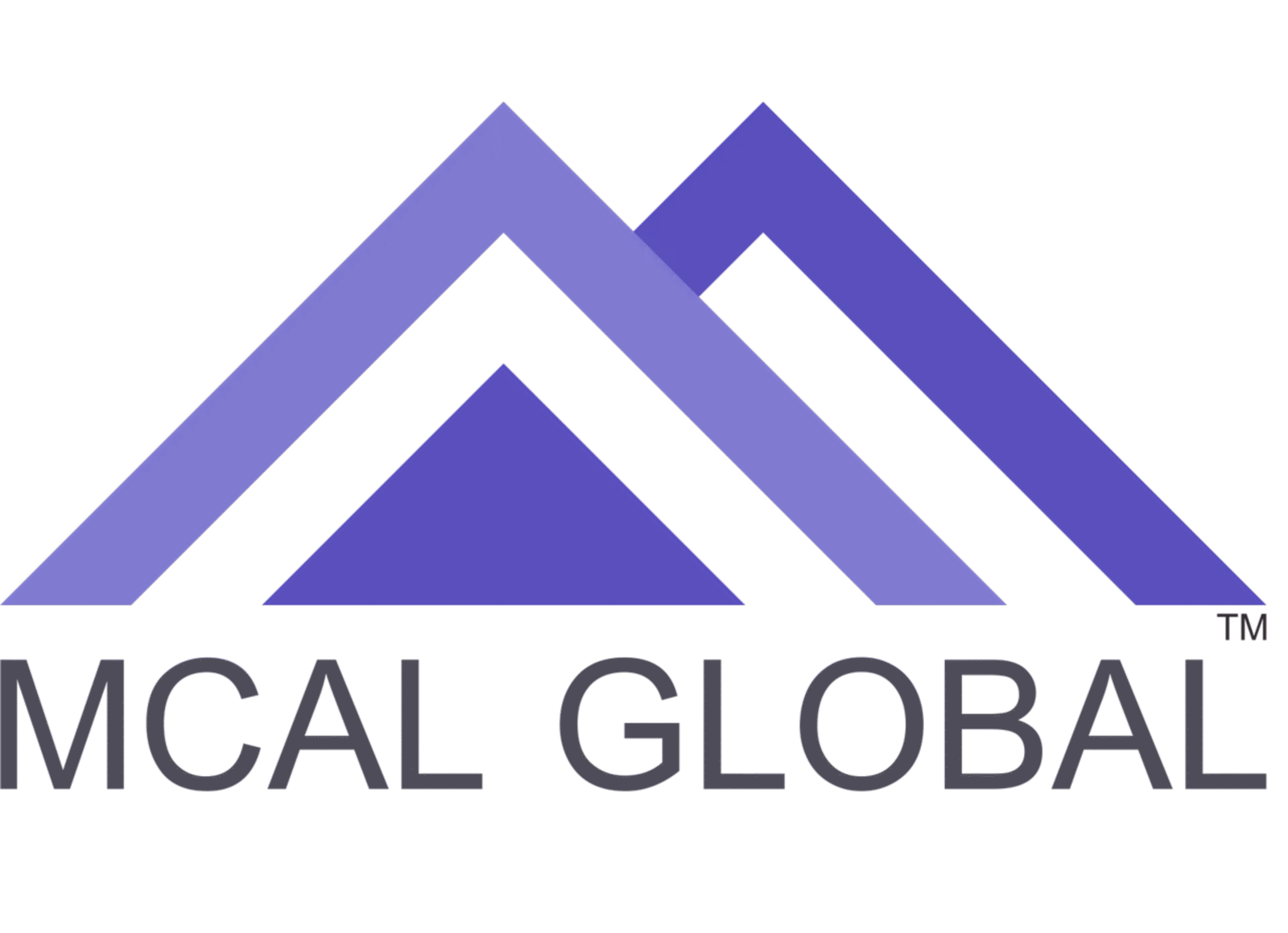In today’s competitive business landscape, organizations strive for operational excellence by continuously improving their processes to enhance efficiency, quality, and customer satisfaction. Process Improvement Techniques, such as Lean Six Sigma, have emerged as powerful methodologies that enable organizations to identify and eliminate waste, reduce variation, and drive sustainable improvements. This comprehensive guide explores Process Improvement Techniques, their definition, benefits, key components, implementation steps, real-world examples, and related tools and organizations that support this practice.I. Understanding Process Improvement Techniques:
- Definition and Purpose: Process Improvement Techniques encompass a range of methodologies and tools used to analyze, streamline, and optimize business processes. These techniques focus on eliminating waste, reducing variation, and improving overall process performance.
- Benefits of Process Improvement Techniques: Process Improvement Techniques offer several benefits, including:
- Increased operational efficiency and productivity.
- Enhanced product and service quality.
- Improved customer satisfaction and loyalty.
- Cost reduction and resource optimization.
- Data-driven decision-making and problem-solving.
II. Key Process Improvement Techniques:
- Lean Methodology: Lean focuses on eliminating non-value-added activities (waste) in processes to improve efficiency and deliver maximum value to customers. It employs techniques such as value stream mapping, 5S, Kaizen, and Just-in-Time (JIT) to drive process optimization.
- Six Sigma Methodology: Six Sigma aims to reduce process variation and defects by utilizing statistical analysis and problem-solving methodologies. It follows a structured approach, DMAIC (Define, Measure, Analyze, Improve, Control), to achieve measurable and sustainable improvements.
III. Implementing Process Improvement Techniques:
- Define the Scope and Objectives: Clearly define the scope of the process improvement initiative and align it with strategic goals. Identify the key processes to be improved and set measurable objectives.
- Gather Process Data: Collect data on process performance, including cycle time, defects, rework, customer complaints, and other relevant metrics. This data serves as a baseline for analysis and comparison.
- Conduct Process Analysis: Utilize techniques like value stream mapping, process flowcharts, and process capability analysis to identify bottlenecks, inefficiencies, and areas for improvement. Analyze the root causes of process issues using tools like fishbone diagrams and Pareto charts.
- Apply Process Improvement Tools and Techniques: Implement Lean tools such as 5S, visual management, and standard work to streamline processes and reduce waste. Utilize Six Sigma tools like statistical process control (SPC), hypothesis testing, and regression analysis to reduce process variation and defects.
- Design and Implement Solutions: Based on the process analysis, develop and implement solutions to address the identified issues. This may involve process redesign, automation, technology implementation, or training programs.
- Measure and Monitor Process Performance: Establish performance metrics and implement systems for ongoing monitoring and measurement. Track the progress of process improvements and assess their impact on key performance indicators (KPIs).
- Sustain Process Improvements: Develop a culture of continuous improvement by engaging employees, establishing feedback loops, and providing ongoing training and support. Implement control mechanisms to ensure that process improvements are sustained over time.
IV. Real-World Examples of Process Improvement Techniques:Example 1: Healthcare Industry: In the healthcare sector, Process Improvement Techniques have been used to streamline patient flow, reduce waiting times, and enhance the quality of care. Lean tools like value stream mapping and standardized work have been employed to identify and eliminate waste, resulting in improved patient experiences and reduced costs.Example 2: Manufacturing Industry: In manufacturing, Lean Six Sigma techniques have been applied to improve production processes and reduce defects. Statistical process control (SPC) and Kaizen events have helped identify process variations, leading to enhanced product quality, increased productivity, and cost savings.V. Related Tools and Organizations:
- Lean Enterprise Institute: The Lean Enterprise Institute provides valuable resources, training, and case studies related to Lean methodologies. Their website offers insights into Lean principles, tools, and success stories. Website: https://www.lean.org/
- American Society for Quality (ASQ): ASQ is a professional organization that promotes quality improvement and provides resources, certifications, and training in various process improvement techniques, including Lean and Six Sigma. Website: https://asq.org/
- Process Improvement Tools: Several tools support Process Improvement Techniques, including:
- Value Stream Mapping Software: Tools like Microsoft Visio, Lucidchart, and Minitab enable the creation of visual maps to analyze and optimize value streams.
- Statistical Analysis Software: Applications such as Minitab, JMP, and SigmaXL facilitate statistical analysis and data-driven decision-making.
- Process Mapping and Simulation Tools: Software like Bizagi, ARIS, and ProModel help visualize and simulate business processes for optimization.
Conclusion:Process Improvement Techniques, such as Lean and Six Sigma, offer organizations the opportunity to achieve operational excellence, enhance quality, and drive customer satisfaction. By implementing these methodologies, organizations can eliminate waste, reduce process variation, and optimize overall performance. Tools and organizations like the Lean Enterprise Institute and ASQ provide valuable resources, training, and support to implement Process Improvement Techniques effectively. By embracing these techniques, organizations improve their competitiveness, drive sustainable growth, and achieve long-term success.References:
- Lean Enterprise Institute. (n.d.). Lean Enterprise Institute. Retrieved from https://www.lean.org/
- American Society for Quality (ASQ). (n.d.). ASQ. Retrieved from https://asq.org/
Note: The examples provided are fictional and used for illustrative purposes only.
For better understanding join MCAL Global’sMaster Business Analysis Training – MBATâ€. MBAT is the flagship business analyst course. MCAL Global has trained more than 2000 professionals on the business analysis processes, concepts, tools, techniques, best practices, business analyst certification, and software tools via this program.
Through active feedback collected from individuals & corporates, MCAL Global has perfected this business analyst course via numerous updates and revisions to deliver the best possible results for individuals or corporates.MCAL Global conducts a classroom for this business analyst course in Pune and Mumbai, else you can join our live online business analyst course from anywhere.
MCAL Global has trained professionals from the United States, UAE – Dubai, Australia, United Kingdom, and all major cities from India through our live instructor online business analyst courses. You can send your interest by visiting our contact us page.


